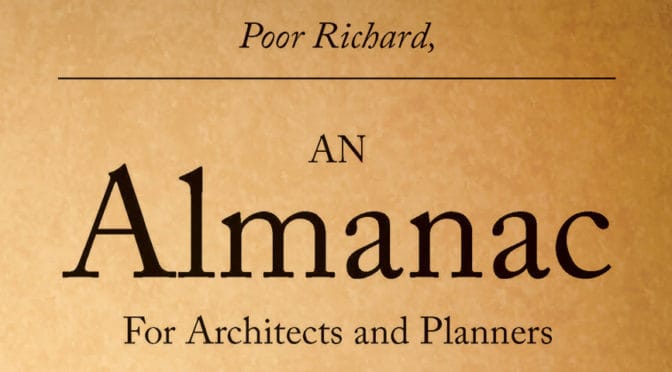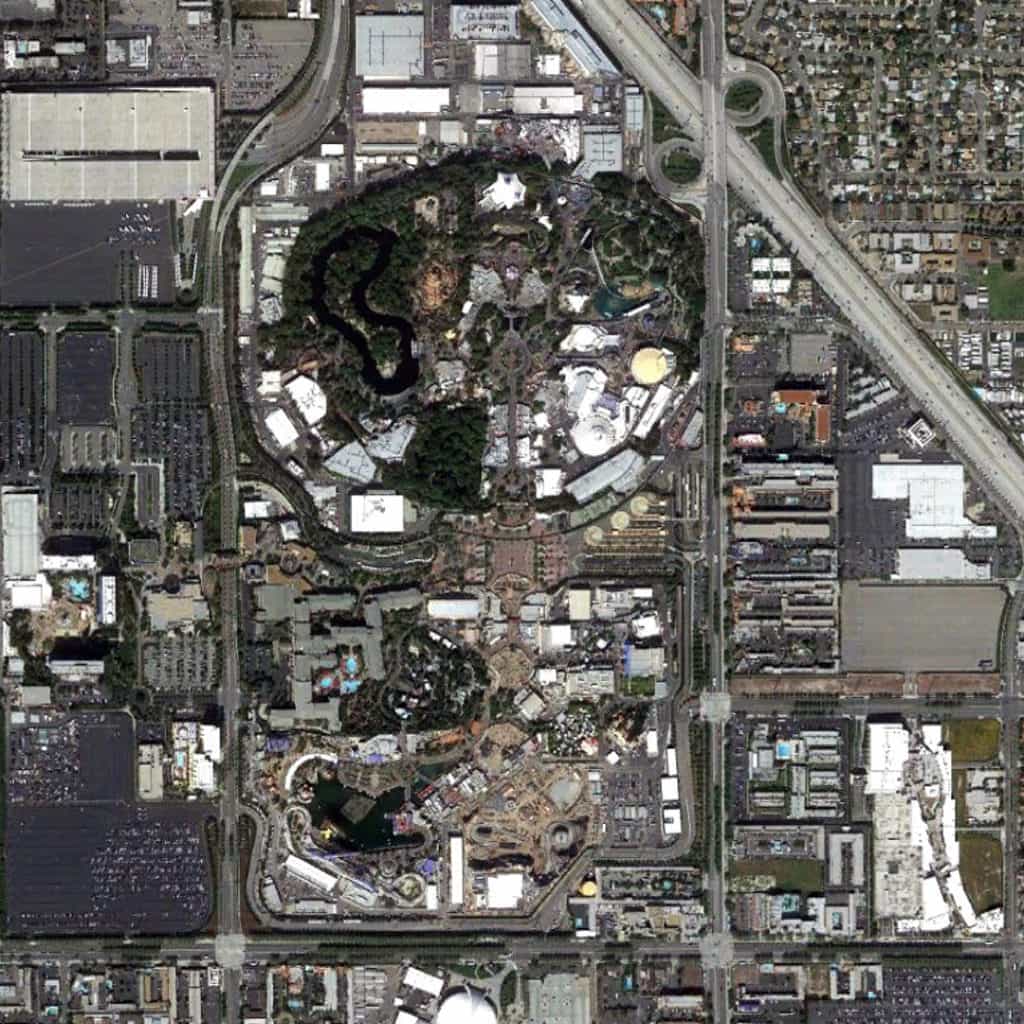More Poor Richard, Part 5
by Dr. Mark David Major, AICP, CNU-A The Outlaw Urbanist contributor
Courteous Reader,
I attempted to win your favor when I wrote my first Almanac for Architects and Planners, in the name of the public good and professional betterment, by way of earning some profit and a wife. I am gratified by your expression of encouragement for my tireless efforts dedicated to these aims. Alas, my circumstances still find me exceedingly poor and, unluckily, exceedingly wifeless. I am required to earn some profit to address both problems whilst now addressing a third, namely testing the proposition that insanity is “doing the same thing over and over again and expecting different results.” To satisfy my own particular brand of insanity, I have written more proverbs and whimsical sayings for your benefit and, hopefully, my own.
As before on The Outlaw Urbanist, I write this new Almanac in increments of ten, according to the dictates of Moses and the Almighty. However, once published as an Almanac for Architects and Planners, the proverbs and witticisms were gathered into a number equal to the days of the week, after being reliably informed that both seven and ten are sacred numbers. My desired requirement for a wife is sufficient motive to write this new Almanac in the hope it will find your favor and retweets as a means of demonstrating the usefulness of my continued efforts but also your charity to this sane Friend and poor Servant,
Richard
On Cities, Utopia and Superheroes
41. The greatest cities are probabilistic happenings that have already occurred and may again given the right conditions.
42. A city can no more relate to only itself than it can only relate to the outside world. Neither inside nor outside exist in isolation.
43. We need never fear Utopia as long as we are asking the right questions.
44. Utopias are absurdly impractical flights of fancy, which are often the source for the best kind of dreams.
45. Superheroes live in cities. Supervillains live in gated lairs. Do we want a nation of superheroes or supervillains?
46. Superman would never find a phone booth in a suburban office park.
47. Even Spiderman needs a car to get around suburban sprawl. No tall buildings to swing from, you see…
48. Too many cities are built to be sanely mediocre when they should be designed to be “insanely great”*. (*Steve Jobs)
49. Every city needs jazz hands.
50. Every city should have that “boom boom pow”.
Issue 6 of More Poor Richard for Architects and Planners cometh soon!







